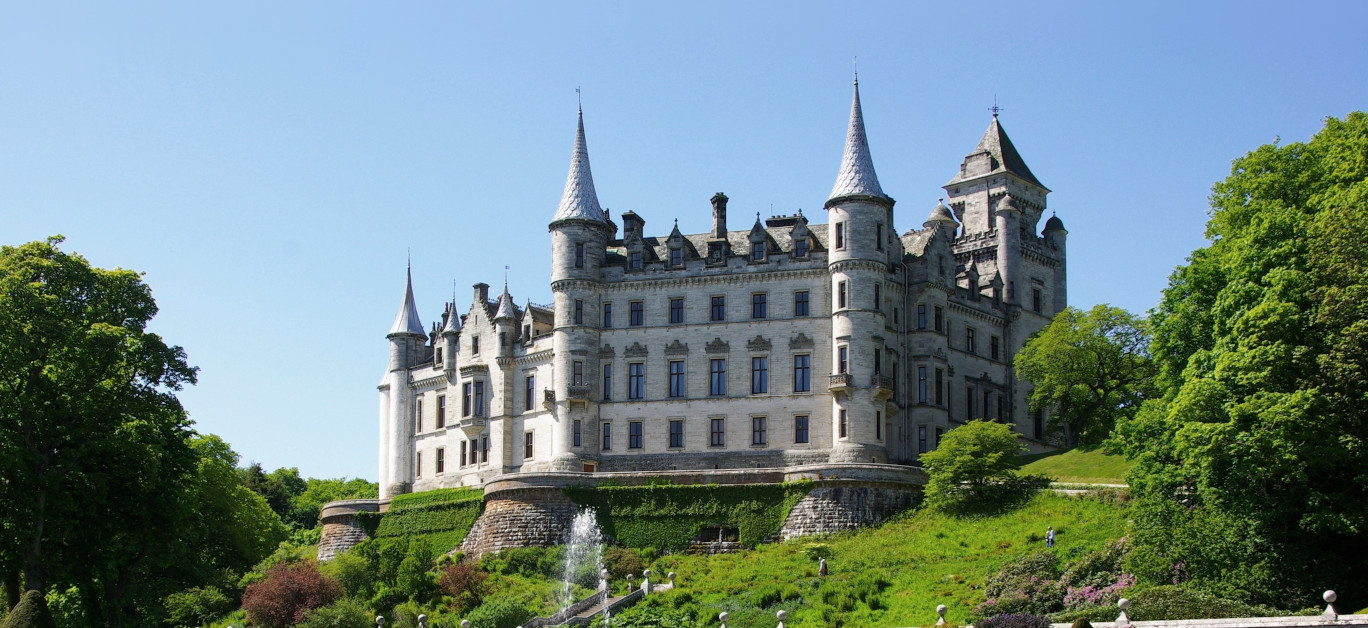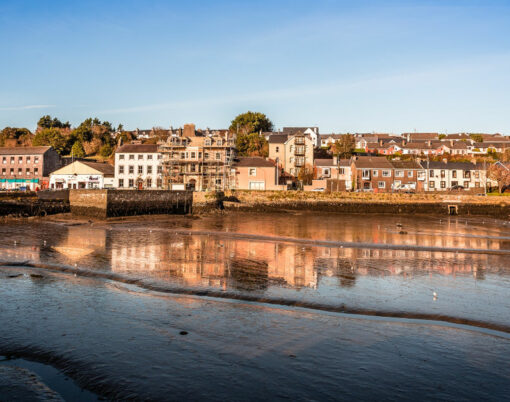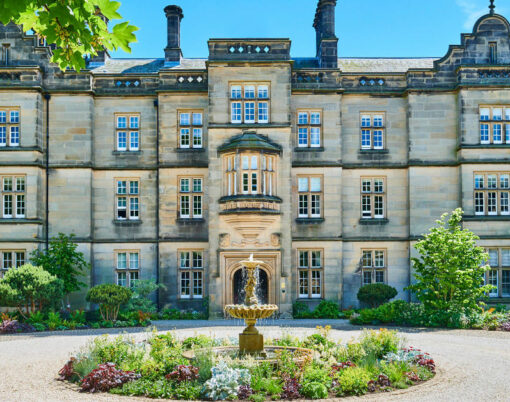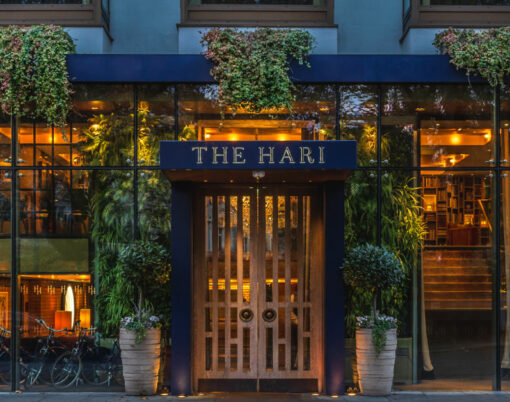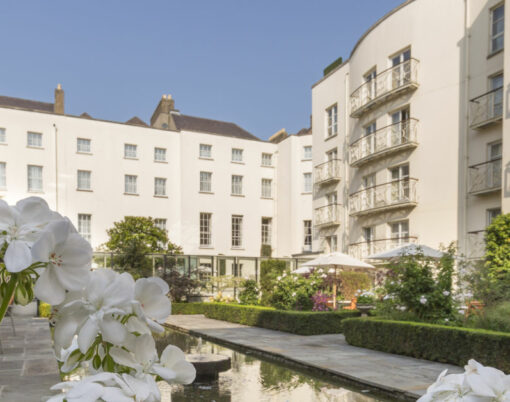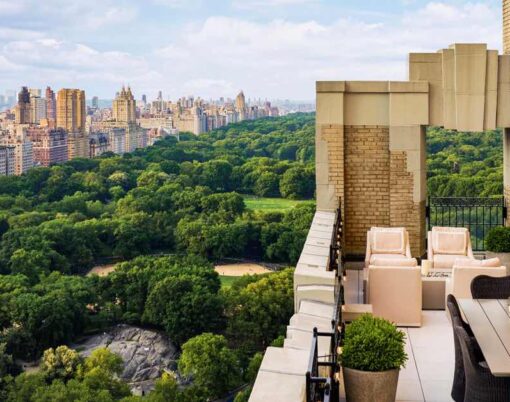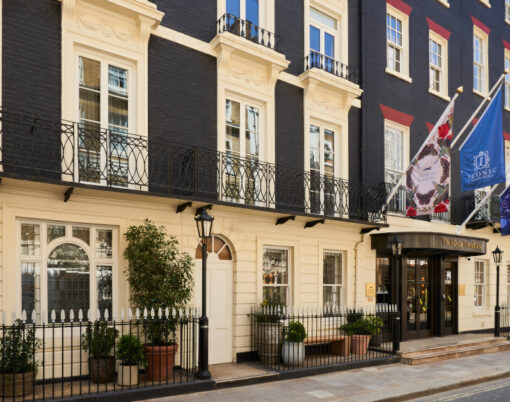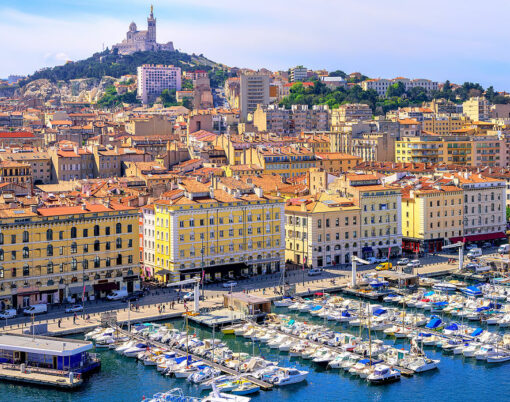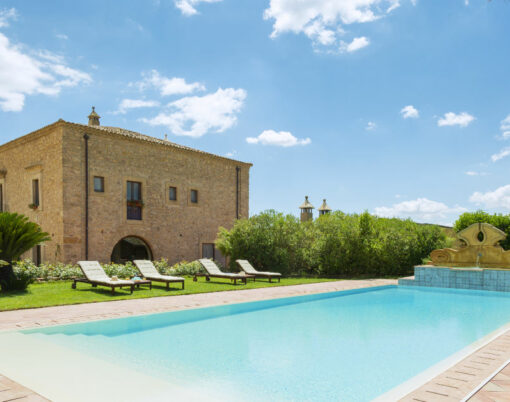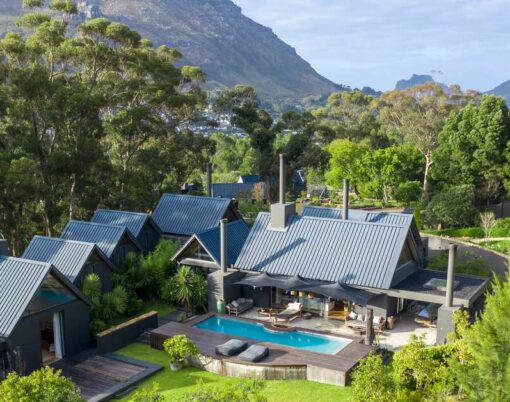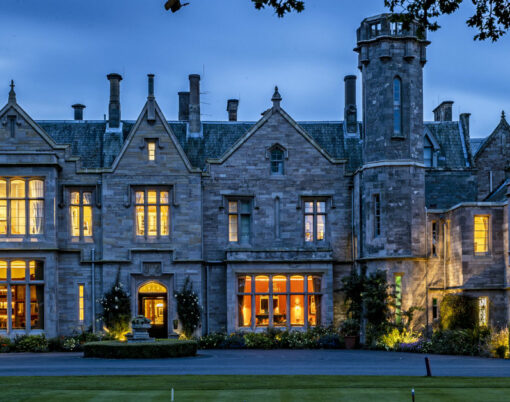Typically known for their appearances in fairy tales and mystical movies, castles are something of a magical and mystical building for many.
Often surrounded by stunning landscapes with many stories to be told hidden among the old stone walls, these enormous fortresses impress due to their structure and magnitude. Castles play a key in role in telling the rich history of a region, providing first-hand architectural lessons through their timeless designs. Possessing a magic that draws travellers in, you’ll be pleased to know that castles aren’t just for the movies, in fact, there are many in the world that you can add to your list of places to visit.
To take you down the magical path, the experts at Baltic Travel Company have revealed the seven most beautiful castles in the world that will leave you feeling like you’re in a storybook.
Chateau de Chambord, France
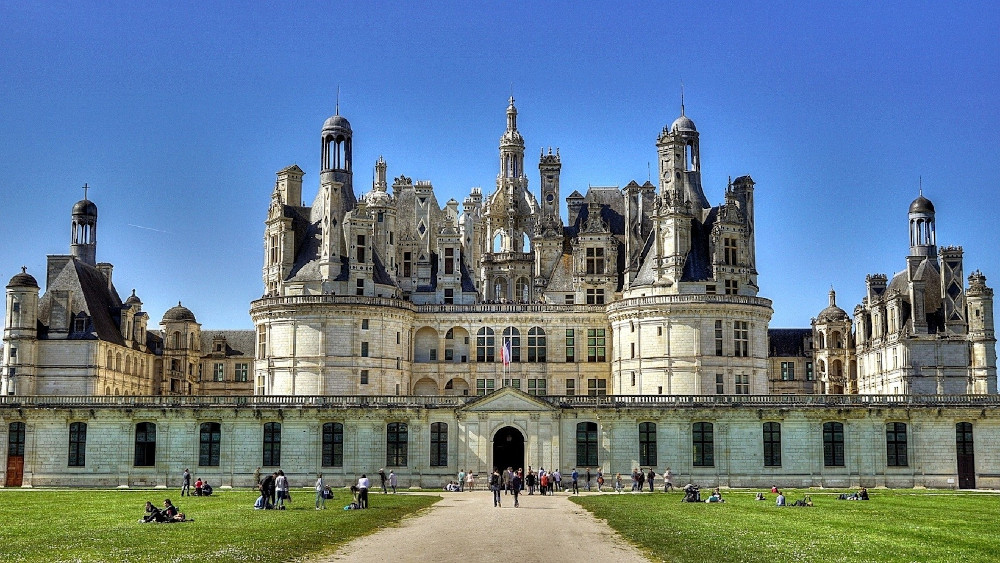
Chateau de Chambord is a beautiful display of French Renaissance architecture. The castle has 440 rooms, 283 fireplaces, 84 staircases and a decorative moat, making it one of the most iconic structures built by the French monarchy. King Francois I began the work of the grand chateau in the Loire Valley as a weekend hunting retreat in 1519, he stated that elements of the castle such as the double helix staircase were inspired directly by the Italian polymath. The castle today hosts many events throughout the year for visitors to discover the Renaissance marvel history.
Bran Castle, Romania
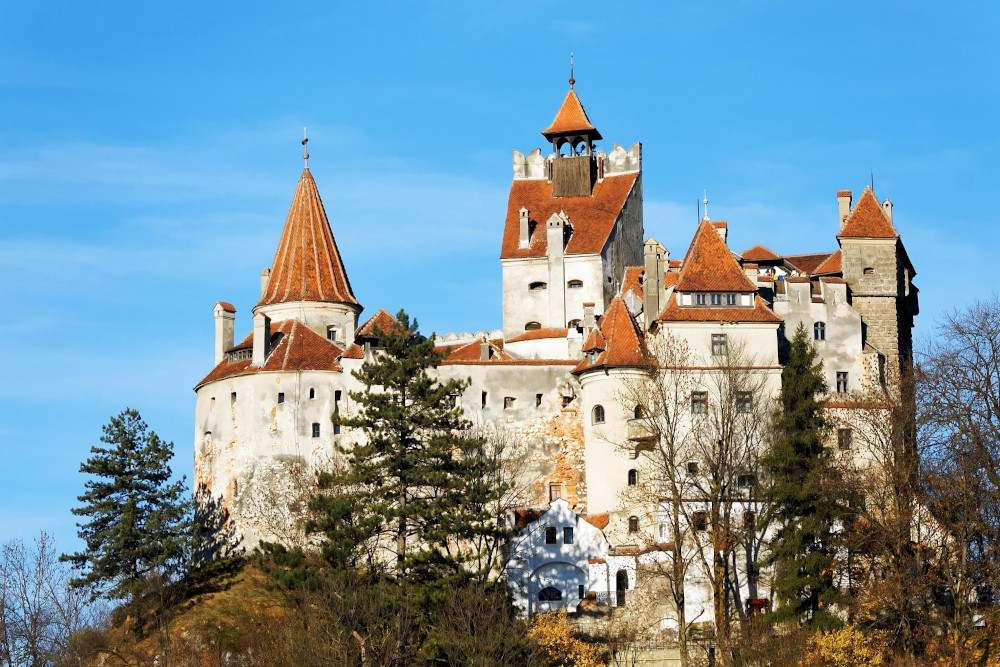
Bran Castle is often surrounded by mystery as it has an infamous connection to Bram Stoker’s 1897 read, Dracula. The fortress was built between 1377 and 1388 and, during the 15th century, Vlad the Impaler ruled over the area with whispers circulating about his brutal torture methods – this is where the castle inspired Stoker’s tale. Once Transylvania became a part of Romania, the city’s government offered the castle to the reigning Queen Maria of Romania to show appreciation for unifying the two areas of Transylvania and Wallachia.
Pena National Palace, Portugal
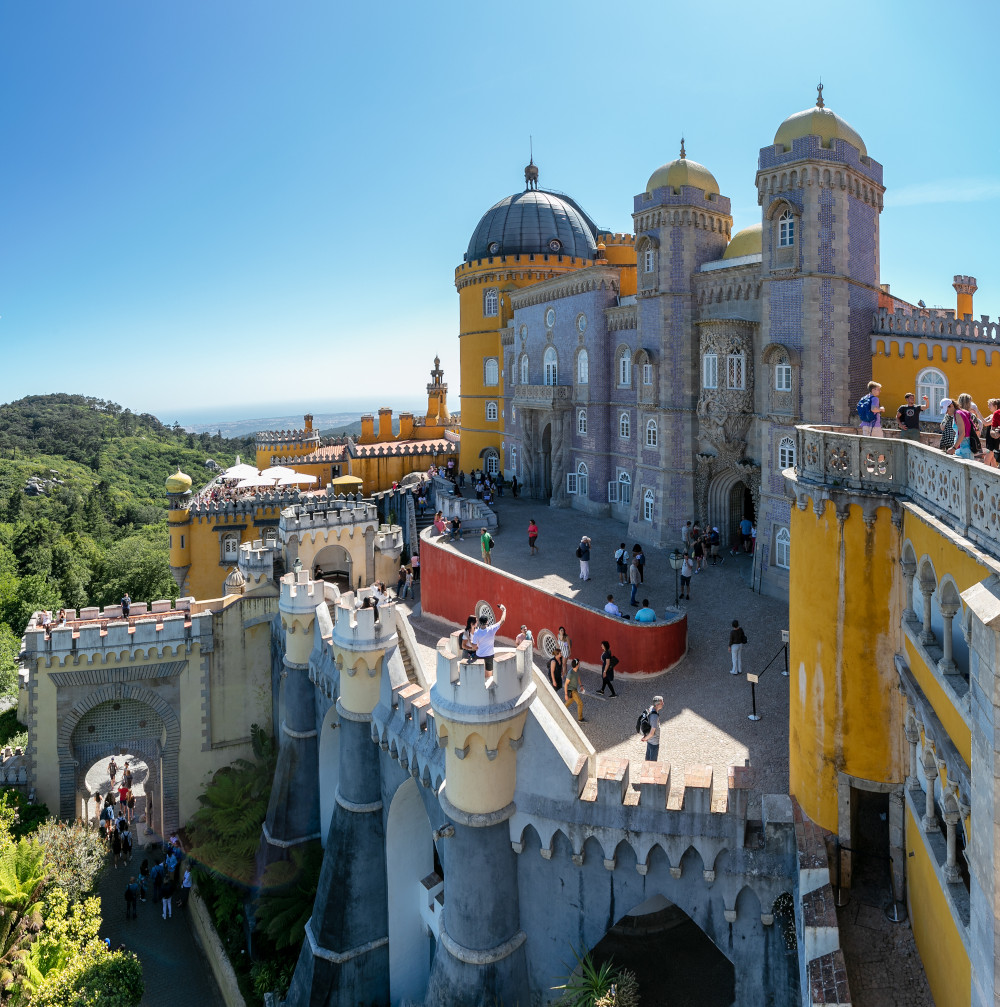
Influenced by Middle Eastern and European Baroque styles, the Pena National Palace represents the vibrant lifestyle of 19th-century Romanticism in Portugal. King Ferdinand II designed the castle on a hill and it was intended to be a summer house for the Portuguese royal family. The castle is full of vibrant shades, which highlight the different sections, such as a red clock tower. Pena National Palace was used regularly by the royal family until the Revolution of 1910 and overthrow of the Portuguese Monarchy. Today, visitors can voyage up the hill landscape to discover exactly what makes up Pena Palace.
Castel del Monte, Italy
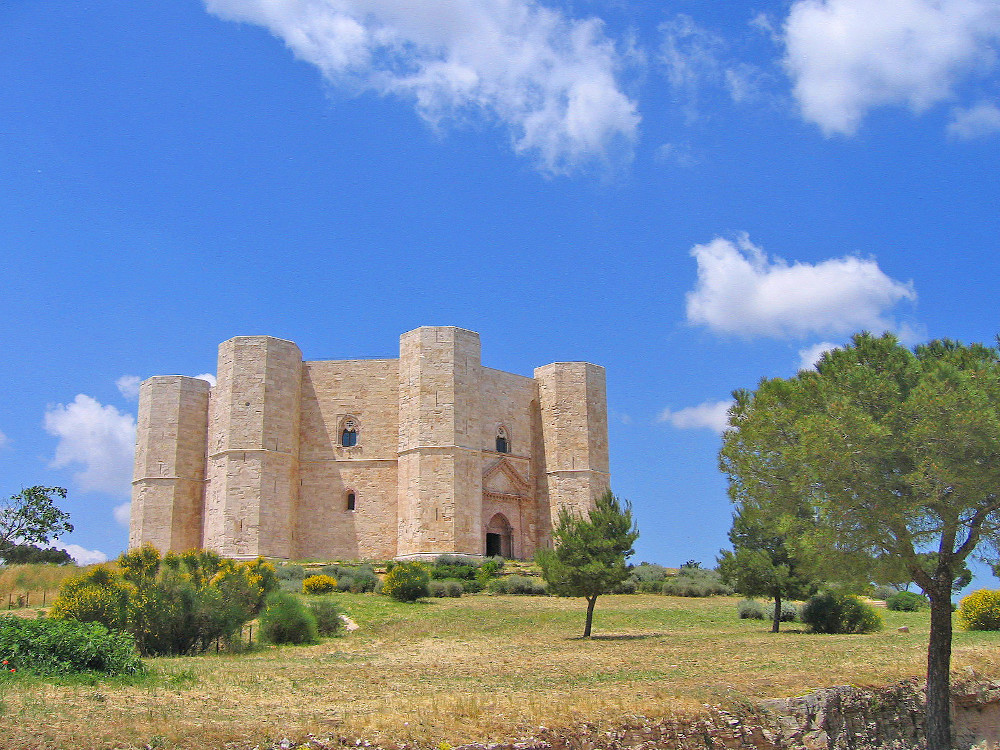
There are many questions still surrounding why Castel del Monte was built. Emperor Frederik II ordered the construction in 1240 but he chose an unusual area of Southern Italy which was known to be quiet. After the castle was built, the emperor soon abandoned it, which left many questioning his true intentions. The layout consists of an octagonal base and towers at each corner alongside eight trapezoidal rooms within it. The geometric layout is thought to symbolise the Holy Grail and the relationship between humanity and God and it has become one of southern Italy’s most visited landmarks.
Alcazar of Segovia, Spain
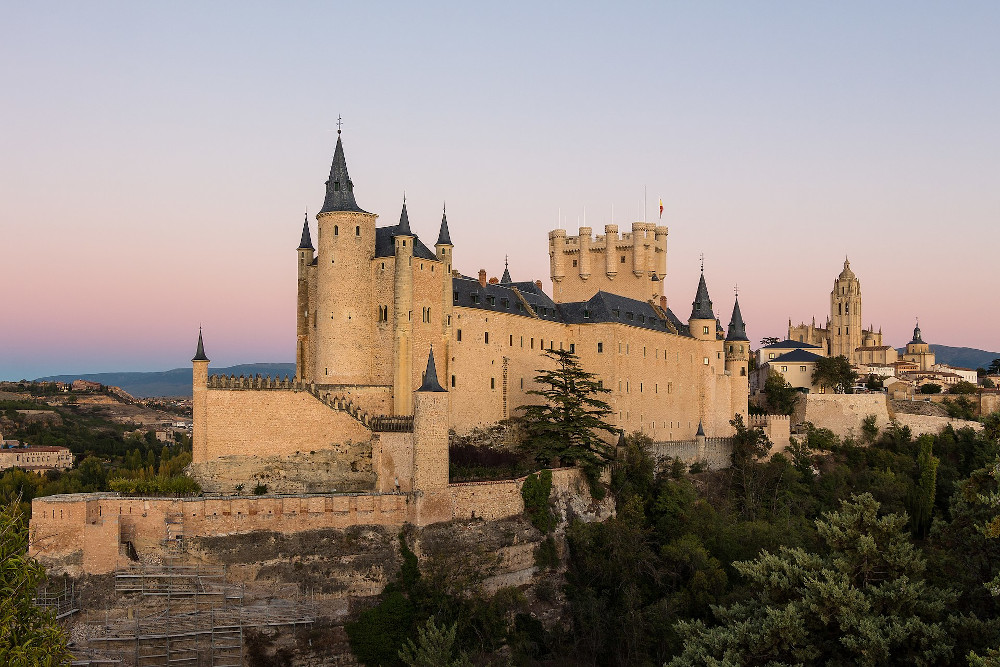
The first fortress built in this area was constructed by the Ancient Romans and the Moors built a fortress here for the Almoravid dynasty, which ruled this area of Spain until the 11th century. The fort has been believed to be made from wood, but it was mostly destroyed and replaced with the current stone construction with the castle keeping its original name.
Dunrobin Castle, Scotland
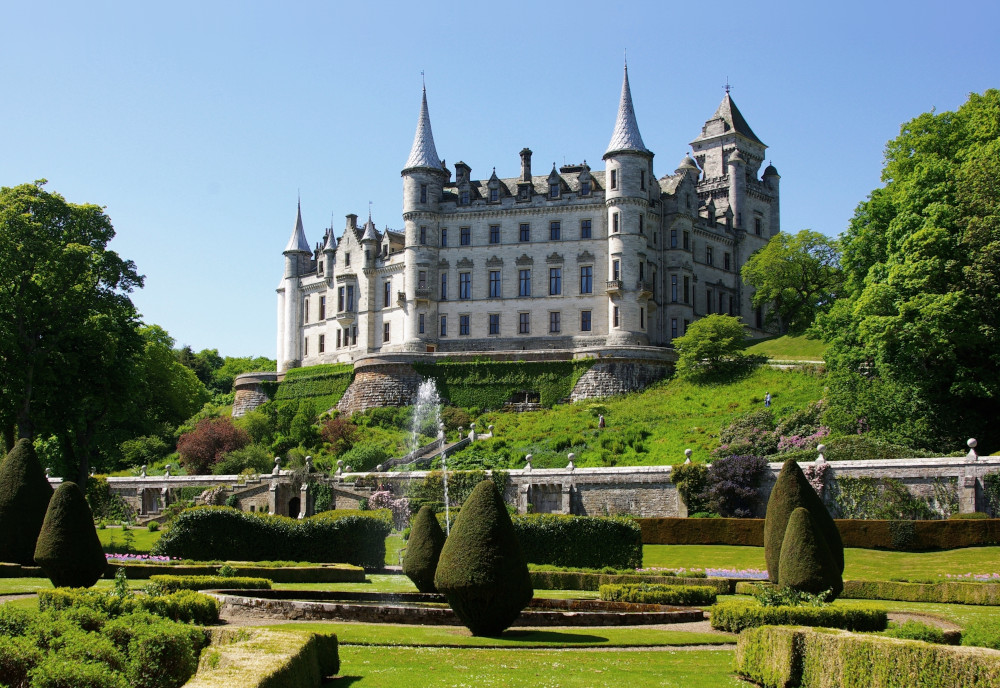
Dating back to the 13th century, it is believed that Dunrobin Castle was built on the grounds of an early medieval fort and has been home to the Earls and Dukes of Sutherland since the castle was built. With 189 rooms, the French chateau-inspired castle is the largest in the Northern Highlands. It briefly operated as a naval hospital during the first world war and as a private boarding school before reverting back to being a family house and is open to the public from April to October.
The Castle of Good Hope, South Africa
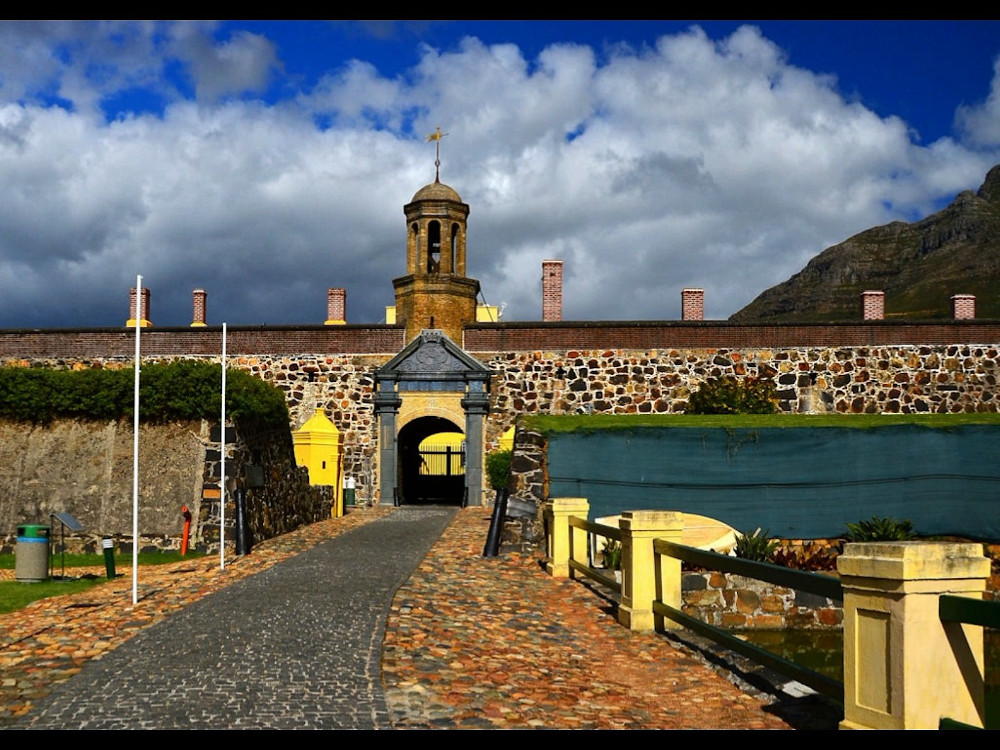
The Castle of Good Hope was built by the Dutch East India Company in the late 17th century, it is known to be the oldest existing colonial construction in South Africa. It served as a place of replenishment for ships making the Netherlands to Indonesia journey and the castle was home to a church, shops, bakery and also had places to live. There was also a large bell which was used to present the time and issue alarms if there was danger.












